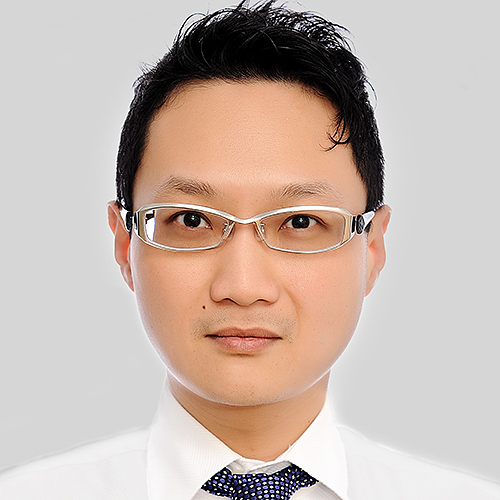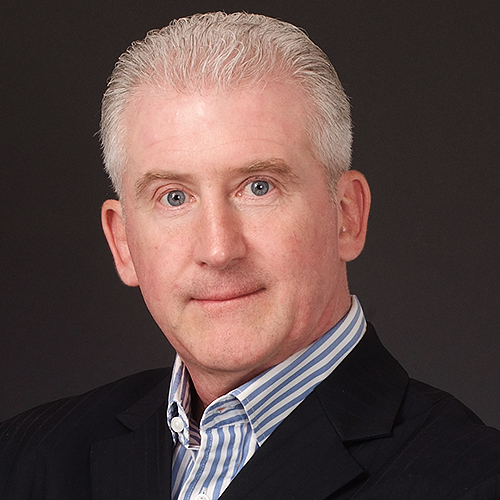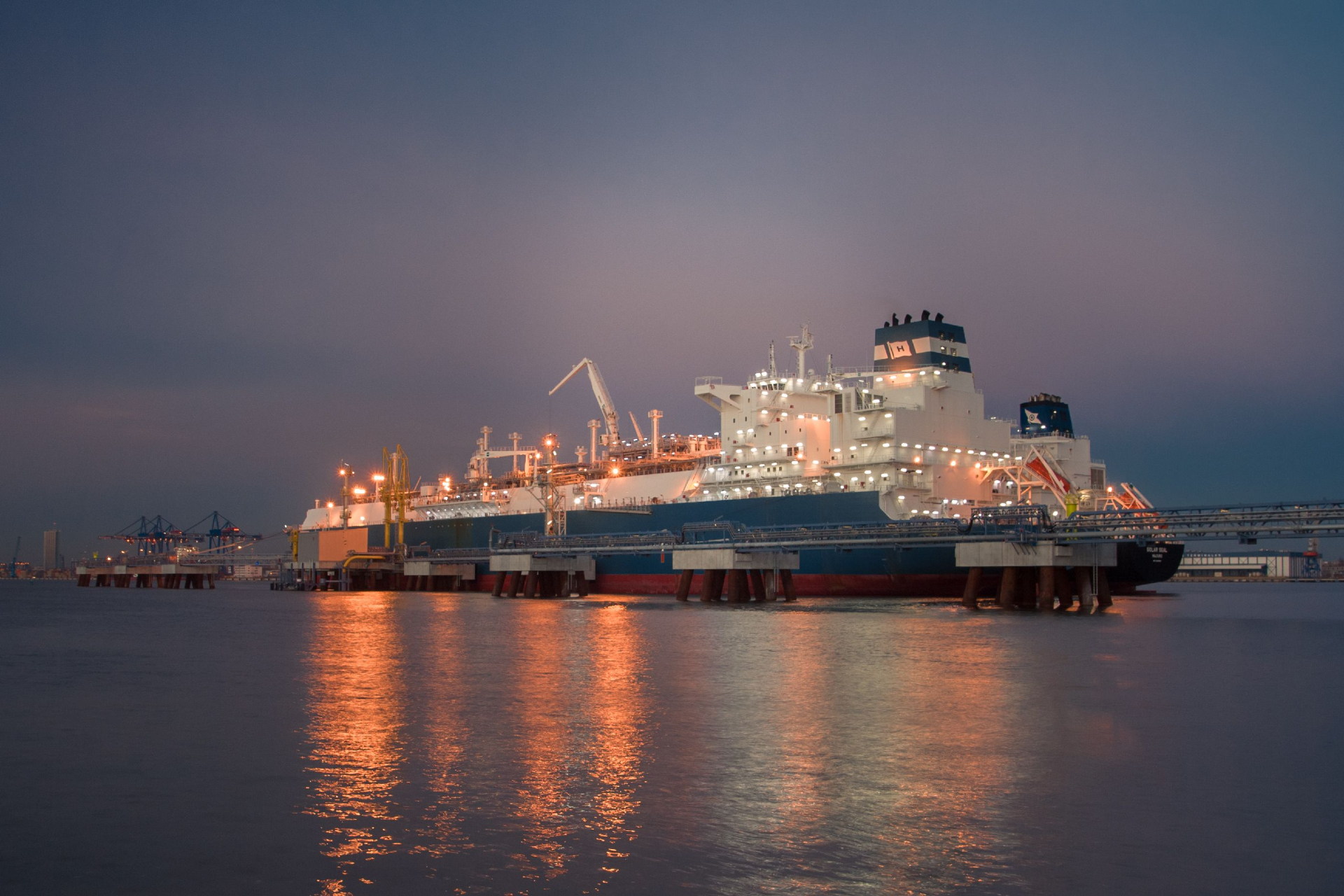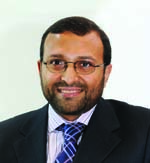 |
|
| Bobat: Bridging cross-border connectivity |
The Islamic finance industry has performed relatively well through the 2008 global financial crisis with its built-in immunity from toxic assets. However, it is not protected from exposure in the credit market and the real economy.
The segment may have grown significantly during the past few years, but it needs a larger range of Islamic financial products to boost its share of the global financial assets: at about US$1.2 trillion, Islamic finance today accounts for just under 1% of the total global financial assets.
There are estimates that it could reach US$4 trillion during the next few years, with the growth coming from all asset classes. As a source of a large pool of liquidity, it could play a more active role to finance global growth as they translate into productive investment instruments.
Islamic assets could become the largest segment in certain banking systems in the Middle East by 2020 with a penetration rate in excess of 50% of the local banking assets. In Malaysia and Bangladesh, it would be close to 50%, based on a research by HSBC Amanah using the historical compound annual rate of growth.
In a wide-ranging discussion on Islamic finance during the Sibos conference held in Toronto, Canada in September, Yakub Bobat, global head of HSBC Amanah Commercial Banking, notes that at the end of 2010, the penetration rate of Islamic assets in Saudi Arabia and Kuwait was more than 30%, Malaysia 22% and in the United Arab Emirates and Bangladesh 18%. “Islamic finance is fast becoming an important proposition in certain distinct emerging markets in Asia and the Middle East,” he says.
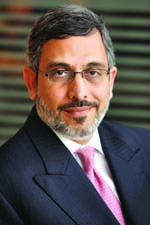 |
|
| Khan: A stable source of liquidity |
Afaq Khan, CEO of Standard Chartered Saadiq, says this increasing rate of penetration will require the Islamic banking assets to look for diversification in terms of markets and portfolio return. “This is where the opportunity lies,” he adds.
Despite the significant growth which the industry has achieved across multiple planks in the recent years, Bobat stresses that it still has a long way to go. And to push Islamic finance to the next level, it needs to come out with more investment instruments to meet the growing demand.
“In order to be able to feed the investment side of the Islamic business, one of the key challenges that we face is to come out with more Islamic financing issuances and we need the sovereigns to lead the way,” Bobat says. “There have been few sovereigns that are coming out to the market the way Malaysia has been doing.”
He cited the case of the Brunei government, which issued an al-ijara short-term Islamic paper in 2006, not for fund-raising but to set an Islamic benchmark in the market. “If the sovereigns lead the way in issuing Islamic instruments, the corporates will follow suit,” he points out.
Wakala bonds
In July this year, Malaysia issued the first global sovereign US dollar-denominated sukuk in 2011 amounting to US$2 billion, structured under the Shariah principle of wakala. The dual-tranche offering comprised US$1.2 billion trust certificates for five years with a coupon of 2.99% and US$800 million trust certificates for 10 years paying 4.65%. It was 4.5× oversubscribed with the demand amounting to more than US$9 billion and was fully distributed to over 320 global investors.
In October, the state-owned investment holding company Khazanah Nasional launched a landmark 500 million renminbi (US$79 million) sukuk, representing the world’s first offshore renminbi-denominated sukuk.
The transaction was announced and priced within the day, on October 13. It attracted an overwhelming response from high-quality investors with an order book in excess of 1.1 billion renminbi, covered within hours after the deal announcement, enabling Khazanah to upsize the amount of the offering from the initial 300 million renminbi. The groundbreaking issuance represents a milestone in increasing capital flows between Malaysia and China.
As a source of a large pool of liquidity, the Islamic finance market offers a cheaper cost of funding, as exemplified in HSBC Middle East’s fund-raising in May this year in which it raised US$500 million at a cost that was 20bp cheaper than the conventional market pricing, according to Bobat. “There is a distinct advantage in opening up your capital market issuances to the Islamic finance arena, not because of the Islamic structure,” he says. “Instead, you are opening up your issuances to a wider spectrum of investors and you are generating the benefits being offered by Islamic finance.”
Bobat cites the need for a secondary market for Islamic paper similar to Malaysia, which he describes as deep and efficient. He laments that while there is a dearth in the supply of Islamic sukuk, this is being aggravated by investors who hold the instruments until maturity.
Indeed, as Daud Vicary Abdullah, president and CEO of the International Centre for Education in Islamic Finance (INCEIF), which is dubbed the global university of Islamic finance, emphasizes that Islamic finance has to compete efficiently with the conventional market. “You cannot offer to customers less than what they are already getting,” he says. “You have to ensure that it is price-competitive – that is the name of the game.”
Connectivity across borders
Khan says a promising opportunity for the Islamic finance industry will be when pension funds and sovereign wealth funds start to participate in the industry in an active manner. In this context, the development of Islamic finance regulations in countries such as South Korea, Australia, France and others is a welcome development as it will allow Islamic capital to flow efficiently across borders.
He adds: “It is a win-win situation for everybody because the Islamic finance industry needs diversification. It wants to be part of stable growth economies. It offers access to a growing pool of capital.”
For Khan, what is also driving the Islamic finance industry is liability growth. He says Islamic liability must be invested in Shariah-compliant manner in order to deliver Shariah-compliant profit to investors. “It is a great opportunity,” he remarks. “Look at the world that we live in. Cash is king. We have a stable, growing pool of capital looking for home. This is a stable source of liquidity.”
As for the industry’s building blocks, Bobat says Islamic finance needs to support investment in the real economy such as infrastructure development and to build cross-border reach. “We need to focus on the development of sukuk funds and sukuk project finance in order to finance the significant infrastructure requirements in several Asian countries,” he says.
He notes the industry today is pretty much local and fragmented, and regional at best. “We need local players that are able to bridge divides and build cross-border connectivity, so consolidation could be a theme in the years ahead. We should continue to build standardization across different industry platforms and build institutional architecture, such as liquidity management, and we need to leverage technology trends.”
What should help underpin the growth of the Islamic finance industry is the growing Muslim population, which is estimated to reach 2.2 billion by 2030, representing 26% of the world’s total population. There is an increasing propensity towards core value in Islamic products and this will result in a significant demand for investment infrastructure across the region.
As Abdullah stresses, Islamic finance is not a religious issue, but a business opportunity. “It is not about having a Muslim population; it is about understanding and participating in the business opportunities out there,” he says. This is borne by the fact that in INCEIF, which is based in Kuala Lumpur, over one-third of its students comes from non-Islamic countries, illustrating the growth potential in the industry.
He reckons that the emerging Islamic finance experts could be taking the industry to the next level beyond the conventional market. “We may well see that in five to 15 years’ time, the conventional market would be coming to the Islamic market and say we must compete with you,” he adds.


